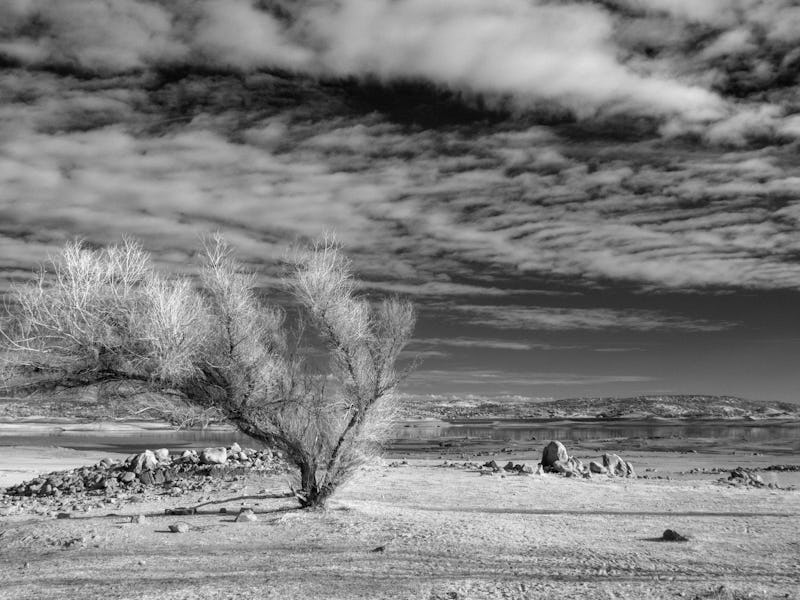California Drought May Be up to 27 Percent Man Made
Research indicates that evaporation is the key issue.

It is the summer of heat, with record-and-sweat-breaking temps across the globe. California, in the midst of a four-year drought, has not been spared, and new research from Columbia University indicates that anthropogenic factors may have diminished the Golden State’s water supply by between 8 and 27 percent.
Because the effects of climate change are smeared unevenly across the globe, pinning down exactly what human factors have contributed to specific events is extraordinarily difficult. Further complicating the issue, at least in regards to the California drought, is inevitability: It would have happened anyway, because that’s how natural variation in weather patterns works. The “ridiculously resilient ridge” of California high pressure systems plays hockey goalie to rainstorm pucks.
The Columbia University climatologists took a look at temperature, rainfall, humidity, and other climate records for every month from 1901 to 2014. They determined in Geophysical Research Letters that between 2012 and 2014 — thanks to human activities — California’s monster evaporation rates sucked water away from the soil and into the air at unprecedented levels. This paper is not the first to propose a human link, but it is the first to attempt to put numbers to how much we compounded the problem. Lead author and bioclimatologist, A. Park Williams, believes humans probably should be allotted around 15 to 20 percent of the blame.
The good news is that rains are projected to return to California this winter, thanks in part to a particularly beefy El Niño. The bad news is that if this study is any indication for the future, by the 2060s the battle between California’s rainfall and pumped-up evaporation will have been decided in favor of year-round arid conditions.